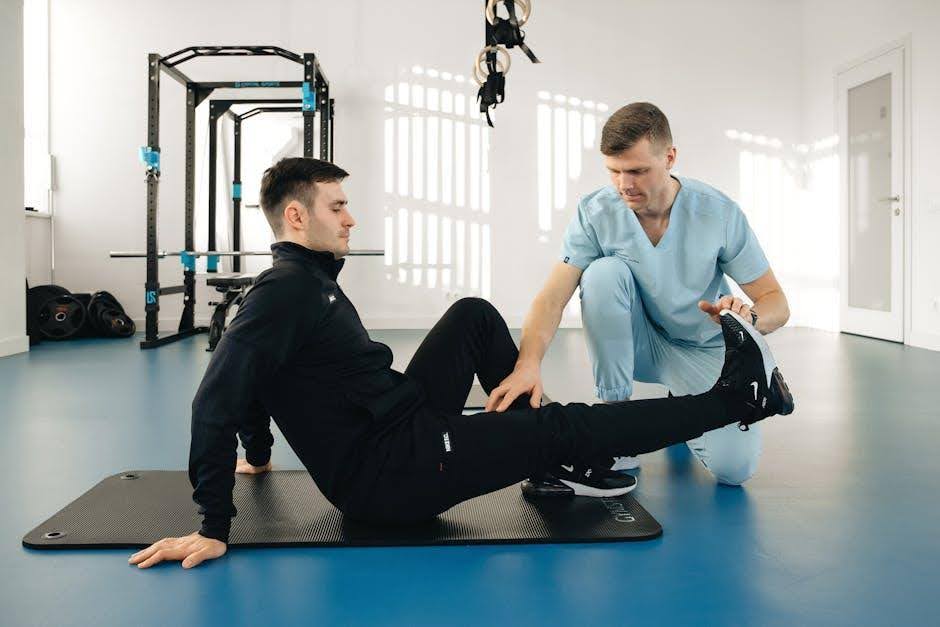Contents
Many discussions about diet and exercise are static, lacking signal. Medical terms like ‘insulin resistance’ and ‘fasting glucose’ can be confusing. Meanwhile, prediabetes rates rise annually. Routine solutions feel stale. Is metabolic training the latest fitness trend? Metabolism training. Do its glitzy claims hold up when tested against biomarkers like blood sugar and cholesterol? Some claim advances, while others shrug their shoulders. Although science exists behind the marketing hype, it is often found in unexpected places.
Spotlight on Short Bursts
Forget endless jogging or gentle stretching routines. The world of improving metabolics in adults hinges on starkly different tactics. Metabolic training involves quick, high-energy movements with minimal rest. Imagine fast squats, sprints, and jump ropes. The body adjusts quickly to the jolt because there’s little time to daydream between sets. What makes this method work? Workouts lower blood sugar because muscles need glucose. This method not only burns calories but also signals the body to make significant changes today.
Markers That Matter
While some may find the term “biomarkers” confusing, these indicators provide insight into the true nature of an individual’s bloodstream. How do short-burst workouts stack up? Research consistently shows noticeable improvements. Lower fasting glucose and A1C scores are top priorities for those near the edge of diabetes. Triglycerides often follow suit with a downward trend given enough weeks of targeted effort (and decent nutrition). No magic trick here: heart rate spikes send strong messages that muscle cells must clear out sugar faster than usual or risk falling behind the pace set by each session.
Why Intensity Outsmarts Routine
Plodding through thirty minutes at a moderate speed won’t suffice if improvement is the target. Instead, intensity rules this realm. Rapid-fire routines trigger a hormonal cascade that prompts fat cells to pack up while increasing muscle sensitivity to insulin signals. Rest periods get shorter as adaptation kicks in, so bodies don’t have time to slide back into old patterns of inefficiency. Results rarely roll in overnight, but stickiness comes from repeated jolts out of metabolic comfort zones week after week.
Barriers Beyond Sweat
If metabolic training is so beneficial, why isn’t everyone embracing it? Habits die hard, especially among adults wary of joint pain or intimidated by gym scenes filled with blaring music and baffling equipment setups. Some worry about safety, or they remember painful attempts at high-intensity classes years back. Not every story ends with visible results right away, so motivation can sag midstream without clear guidance or peer support groups cheering things along.
Conclusion
Most headlines promise easy fixes, yet biology requires more respect than clickbait ever grants it, a fact made crystal clear by digging deeper into metabolic training outcomes for prediabetic adults. Science doesn’t wave a magic wand; progress demands sweat equity plus patience as results slowly accumulate under pressure from well-designed routines and smart lifestyle tweaks alongside them. Whether change sticks long-term depends less on miracle workouts than on showing up again tomorrow, no matter how impressive today’s numbers look in black-and-white test results.



